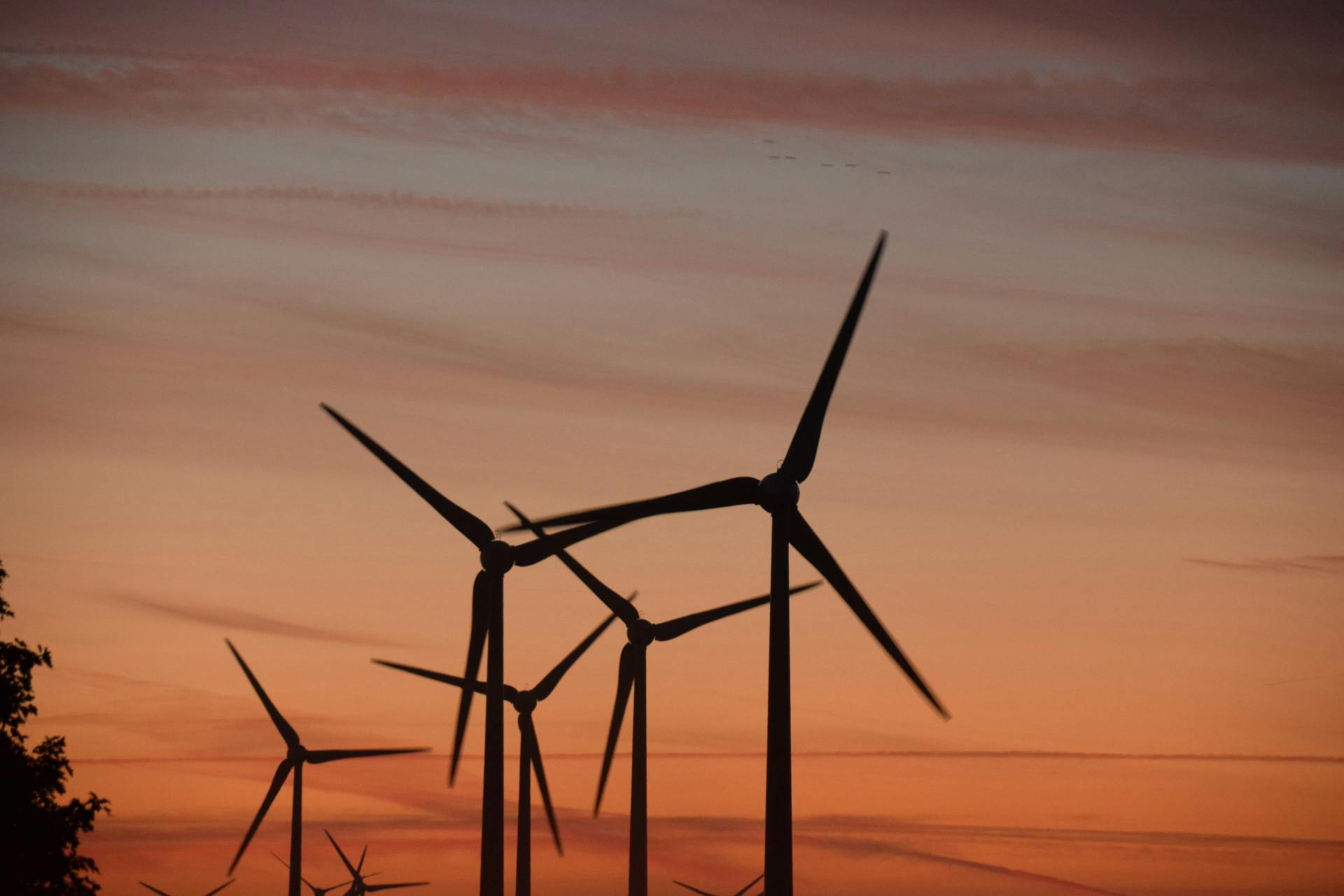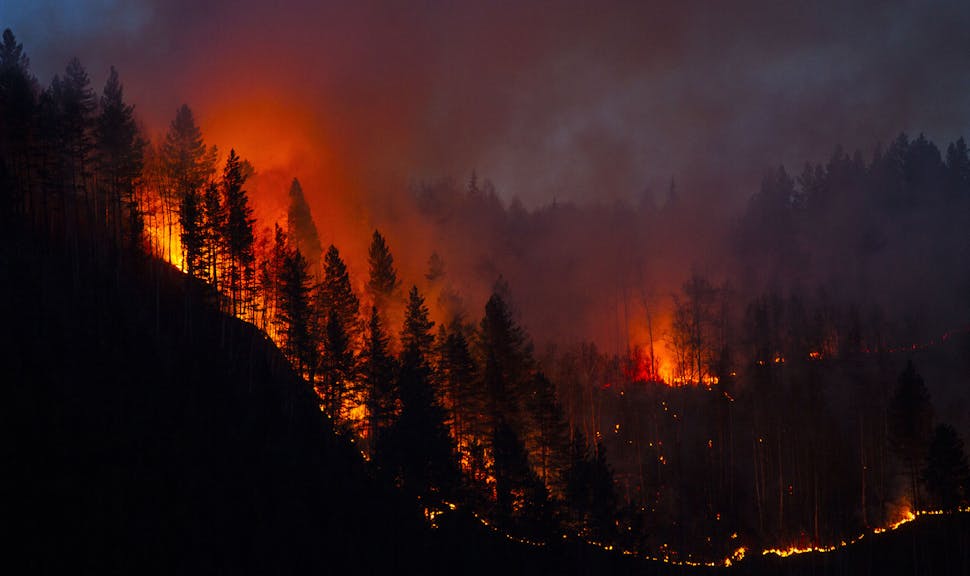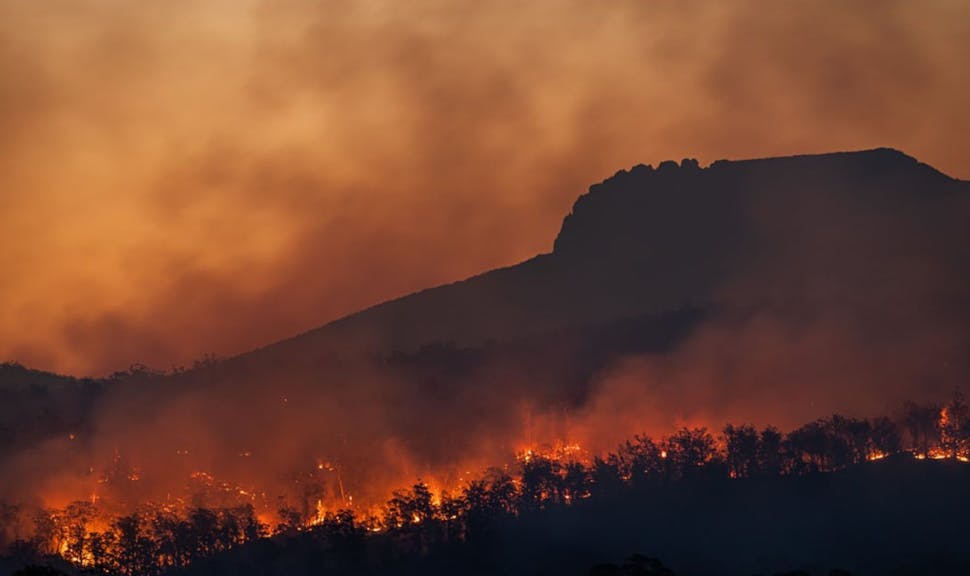
June 9, 2021
When the Wind Blows; the Role of Parametric Insurance in Renewable Energy
5 minutes
By Beate Drewing, Practice Leader Energy, AXA XL & François Lanavère, Head of Business Development, AXA Climate
Original Content : AXA XL
Around the world, countries are increasing their focus on generating energy from renewable sources as part of their commitment to achieving the goals of the Paris Agreement on Climate Change, to lower the rate of carbon emissions. According to Bloomberg New Energy Finance, wind and solar energy will amount for 48% of installed capacity and 34% of electricity generated worldwide by 2040.
Offshore and onshore wind farms are an important and fast-growing sector of the renewable energy space, with installed capacity projected to quadruple worldwide by 2030.
Wind farms, by their nature, need to be situated in areas where winds typically are reliably strong. For example, in the U.S., the Atlantic, Pacific and Great Lakes coasts are great wind resources. This means, however, that wind farms may be built in areas that can sometimes be affected by severe weather events, such as Atlantic hurricanes.
In Latin America and Asia, two areas which are seeing increased demand for wind energy, suitable sites for wind farms may have exposure to cyclones that form over the North Tropical Pacific or South Pacific oceans, for example.
Parametric insurance offers buyers pre-specified payouts based upon a pre-agreed trigger and it is playing an increasing role in covering the risks associated with wind farms.
In addition to this, built-up, urban areas are often, understandably, the largest energy consumers, and to meet this demand and optimise the provision of energy to those conurbations, we are increasingly seeing wind farms being built near to urban centres.
The increasing demand for wind farms also means that, since construction has likely already taken place on the more accessible sites, new farms are being located in more difficult to access areas or areas prone to other natural catastrophe risks, such as earthquakes.
By design, wind turbines are top-heavy structures. And while they are built to withstand very strong windspeeds, severe weather can cause delays during the construction phase or damage, and result in loss of output, during the operational phase.
In 2003, Typhoon Maemi caused extensive damage to onshore wind turbines on Miyakejima Island, off the coast of Tokyo. And in 2013, Severe Tropical Storm Usagi caused $16 million of damage to an onshore windfarm in China.
The role of risk transfer
Over the lifetime of a wind turbine, whether on or offshore, there are several distinct phases during which risk transfer plays an important role. Delay-in-start-up coverage is a form of risk transfer that can help protect against losses caused by insured events that halt or prolong construction of wind farms.
Often wind farms are reliant on private equity funding for their construction and, therefore, can be cash-flow sensitive. If there is a delay in construction subsequent to an insured loss because of severe weather, for example, clients need to find a way to quickly recover any lost revenue caused by the delay to be able to keep up repayments to their lender.
Wind turbines are large, technical constructions and if they are damaged during their operation then insurance coverage can play a vital role in ensuring they can resume operation. The role of risk engineers is vital here. Their understanding of the technical nature of these turbines and the risks involved in their construction and operation can help both clients and underwriters to make sure that there is appropriate coverage in place should anything go wrong.
One exciting area that offers an alternative and complements traditional insurance, is parametric insurance.
Parametric coverage
Parametric insurance offers buyers a pre-specified payout based upon a pre-agreed trigger and it is playing an increasing role in covering the risks associated with wind farms.
For example, in the case of the construction of an offshore windfarm, such a trigger could be wave height that would cause a delay. Working with the client, our risk experts devise the trigger based upon a wave height that likely would cause a delay in construction and agree a payout level based upon the cost of the delay.
When the policy is triggered by waves reaching the pre-agreed trigger level, the policy payout is swift and not dependant on a visit from a loss adjuster.
Another area where parametric can be extremely useful for clients after windfarm construction is in the management of accumulation risk. Frequently wind farms are clustered in those areas that offer the right conditions for them to operate, meaning that operators may have a large number of wind farms that could all be affected if a major extreme weather event occurred in a certain geographic location. Parametric coverage can complement traditional insurance coverages to help mitigate this risk.
Parametric can also offer an alternative in areas where traditional insurance coverage may be scarce or highly priced, such as non-damage business interruption coverage in today’s market. A parametric trigger can be designed to cover loss of revenue caused by a non-damage event.
Operators of wind farms may also buy parametric insurance coverage to cover them if they face a capacity issue – for example if there is not enough wind to produce the amount of power that they had budgeted for.
Parametric coverages can be used to work alongside a self-insured retention and can swiftly pay out a deductible if a pre-agreed trigger is met. For example, a captive could be used to retain the risk of a Category 1, 2 or 3 hurricane. A parametric trigger could then be designed to cover a Category 4 hurricane. Underwriters can reinsure this via a quota-share arrangement.
Underwriters are exploring these types of solutions with clients that have exposure to climate risk. Designing these coverages takes a great deal of expertise. Our risk engineers work with clients to understand the construction, structure and resilience of wind turbines, for example. And our climate experts work to understand the weather risks and the levels at which an event could cause those clients a loss.
It isn’t just in the area of wind farms that parametric coverages can be used to mitigate climate-based risks or renewable energy clients. Triggers can be crafted to cover solar energy clients in the case of insufficient sun, or to cover clients for the risk of damage caused by hail, among other things.
Climate change and a drive towards greater sustainability are likely to dominate the agenda for companies of all types, and notably those in the energy sector, for many years to come. Innovative solutions such as using parametric coverages as a complement to traditional insurance will, we believe, enable our renewable energy clients to continue to grow towards a greener future.




